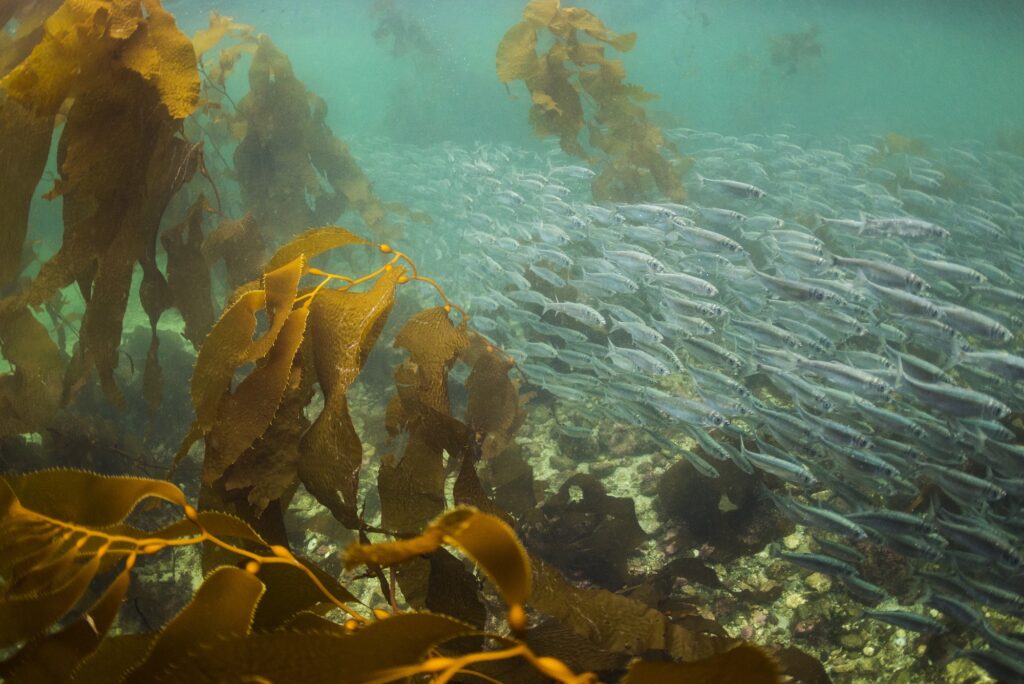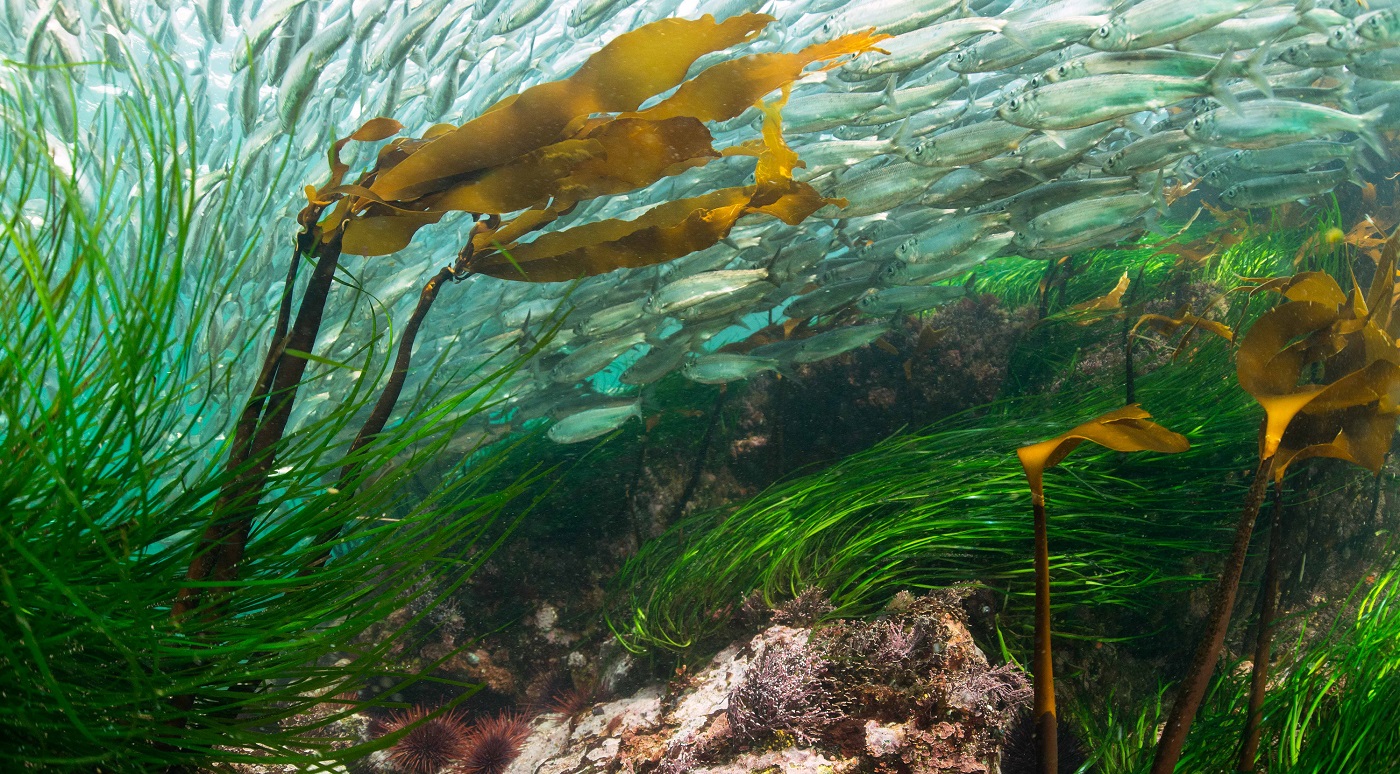In this article published in The Globe and Mail, CFN CEO Christine Smith-Martin describes why the Indigenous-led effort to create the Great Bear Sea MPA Network is an inspiration for the world and a blueprint for effective marine stewardship into the future.
My home is a very special place. Born and raised in Lax Kw’alaams, 40 kilometres north of Prince Rupert, I am Tsimshian on my father’s side and Haida on my mother’s, and those roots leading back to Haida Gwaii have always been close to my heart. My identity is tied to this extraordinary place on the North Pacific Coast.
Whether Indigenous or non-Indigenous, if you live here, you share that same sense of pride and deep connection. In these coastal landscapes, land and sea are inseparable. Ancient rainforests merge with marine environments to create a unique and diverse ecology that sustains orcas and spirit bears, humpbacks and wolves, and 20 per cent of the world’s wild salmon.
First Nations have cared for these territories for more than 14,000 years; our people have always known that healthy communities depend fundamentally on healthy environments.
My home may feature some of the most productive marine ecosystems in the world, but it is still susceptible to negative impacts from overfishing and climate change. In the past few decades, unsustainable levels of harvesting have eroded the foundations of these coastal waters. Declines in keystone species such as salmon, herring and eulachon threaten the health of the entire marine food web and the security of the families who depend on it.
But this is not the end of the story. These marine ecosystems are strong, and will make a comeback if given the chance. That is why First Nations across the North Pacific Coast are working together, along with federal and provincial governments, to build a robust network of marine protected areas stretching from Northern Vancouver Island to Haida Gwaii.
We know that MPAs are an essential first step toward healing these ecosystems – they provide nurseries, safe havens and seed populations that strengthen fish stocks and enrich marine life in surrounding waters. Drawing on a mix of traditional knowledge and marine science, the Great Bear Sea MPA Network is a true collaboration between Ottawa, British Columbia and 15 First Nations that have thrived here for countless generations – a “made-on-the-coast” plan to rebuild the natural abundance of our marine environments.
It’s an ambitious goal, to be sure, but we know it’s attainable. Just as land and sea ecosystems are deeply intertwined, so are the protected areas that keep them healthy and intact for future generations. And we have already created a precedent and proof-of-concept based on 15 years of terrestrial conservation success with the collaborative Great Bear Rainforest agreements, signed in 2006 and 2007.
The GBR agreements have protected three million hectares of ancient temperate rainforest and established a framework for co-governance, based on principles of ecosystem-based management, to sustainably manage a further six million hectares of critical watersheds, old-growth forests and salmon habitat. This groundbreaking conservation initiative was never just about preserving isolated wilderness areas, absent of people, but about revitalizing the whole ecosystem – which includes our communities that have co-existed here with other species for thousands of years.
Using an innovative financing model that supports both land stewardship and community well-being, the GBR agreements laid the foundation for sustainable and diversified regional economies for coastal communities, creating new jobs and businesses that deliver continuing benefits directly back to our people.
Now, after decades of hard work, that same model will bring holistic management principles to our marine environments – the true breadbaskets for our communities.
The location and boundaries of MPAs are being determined by conservation priorities identified through intensive consultation with marine scientists, First Nations stewardship leaders and other experts. Similar to the GBR, long-term funding will promote responsible economic development in the Great Bear Sea, and support sustainable fisheries, ecotourism and community-led conservation projects to ensure effective marine stewardship into the future.
Covering more than 30,000 square kilometres, the Great Bear Sea MPA Network will restore critically important marine habitats and conserve biodiversity; enhance ecosystem resilience against climate change; preserve sites of high value for sustainable tourism and recreation; and benefit local communities socially, culturally and economically.
Up to 50 per cent of the network will be protected from commercial and recreational fishing, aquaculture and industrial activities, while the remaining areas will allow for human uses that meet conservation objectives. And as with the GBR agreements, the Great Bear Sea MPAs will involve a collaborative approach to monitoring that will ensure rules and regulations are followed, while at the same time increasing awareness of First Nations’ use and stewardship of our territories. Already, Indigenous Guardians patrol these coastal waters every day, conducting environmental monitoring and marine research, and responding to emergency distress calls.
In leading this work, we are using our Indigenous rights and title to strengthen the long-term security and prosperity of our coast, on behalf of everyone who calls this place home. This is reconciliation in action, and because everyone benefits, we believe this model of Indigenous-led conservation will continue to be an inspiration for the world.
Christine Smith-Martin is the Chief Executive Officer of Coastal First Nations-GreatBear Initiative.

Images: Tavish Campbell

